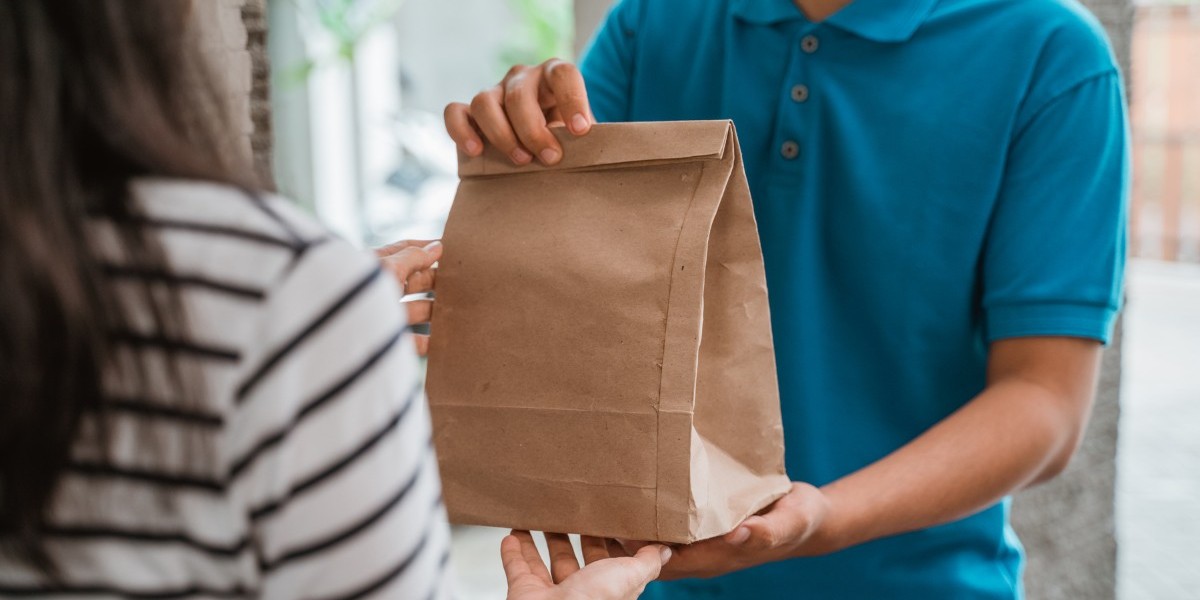The India online food delivery market size has become one of the most dynamic and rapidly growing sectors in the country. With a market size valued at approximately USD 7.40 billion in 2024, India is witnessing a surge in demand for online food delivery services. Over the past three years, the market has shown an impressive year-on-year growth of 100%, and it is expected to continue growing at a robust pace in the coming years. As consumer preferences shift towards convenience, food delivery platforms are capitalising on this demand, offering a wide range of services, promotions, and technology-driven solutions.
This article explores the key drivers, challenges, trends, and growth opportunities that are shaping the future of the online food delivery market in India, particularly from 2025 to 2034.
Key Drivers of Market Growth
1. Changing Consumer Lifestyles
As Indian consumers become busier with work and lifestyle commitments, the demand for quick, convenient, and hassle-free food delivery options has skyrocketed. With more people working from home or staying in urban areas with limited access to traditional dining options, online food delivery services have emerged as a time-saving solution. This change in lifestyle, especially post-pandemic, is a significant driver of the market’s growth.
2. Increasing Smartphone and Internet Penetration
The rapid penetration of smartphones and the internet has played a pivotal role in expanding the online food delivery market. India’s internet user base has grown substantially, particularly in tier-2 and tier-3 cities, where consumers are embracing digital platforms to place food orders. As internet accessibility becomes more widespread, the number of online food orders is expected to increase, further boosting the market.
3. Expansion of Food Delivery Apps and Platforms
The growing number of food delivery apps, such as Swiggy, Zomato, UberEats, and others, has significantly contributed to the market’s rapid expansion. These platforms offer an extensive range of restaurant options, fast delivery services, and easy-to-use interfaces, making food ordering a seamless experience for consumers. The wide availability of these apps and the continuous introduction of innovative features, such as contactless delivery and loyalty programs, are key factors propelling the market growth.
4. Changing Food Habits and Rising Disposable Income
The Indian middle class is expanding, and with it, the disposable income of consumers. As more people in urban areas have the financial freedom to experiment with dining options, the demand for restaurant-quality food delivered to their doorsteps is on the rise. Additionally, food habits are evolving, with more people preferring convenience over cooking at home. The increasing inclination towards fast food, healthy food, and local delicacies has further expanded the variety offered by food delivery services.
Challenges Facing the Market
1. Delivery Logistics and Infrastructure Issues
While demand for online food delivery services continues to grow, logistical challenges such as delays, improper handling of food, and traffic congestion in major cities remain prevalent. Delivery logistics, especially in large cities with high population density, can become complicated, leading to delays in food delivery and affecting customer satisfaction. Companies must invest in better infrastructure, real-time tracking, and localised delivery systems to overcome these barriers.
2. Intense Competition and Price Wars
The online food delivery market in India is highly competitive, with numerous players fighting for market share. This has led to aggressive marketing campaigns, deep discounts, and price wars. While this benefits consumers in the short term, it could hurt profitability for delivery platforms in the long run. To remain competitive, companies must explore ways to diversify their offerings and create a unique value proposition, beyond just low prices and discounts.
3. Food Safety and Quality Concerns
Consumers are increasingly concerned about the safety, hygiene, and quality of food delivered to their homes. With food safety regulations still evolving, food delivery platforms must ensure that the restaurants they partner with follow strict hygiene protocols. Failure to maintain food quality can lead to negative reviews, which can damage the reputation of the platform and undermine customer trust.
Key Trends in the India Online Food Delivery Market
1. Hyperlocal Delivery and Local Restaurant Partnerships
One of the major trends gaining momentum is hyperlocal delivery services. By collaborating with local restaurants and food outlets, food delivery platforms are expanding their services to a wider range of consumers, including those in smaller towns and suburbs. This trend allows consumers to enjoy regional delicacies and freshly prepared meals while simultaneously supporting local businesses.
2. Integration of AI and Machine Learning
Artificial Intelligence (AI) and machine learning technologies are playing an increasingly important role in the online food delivery market. These technologies are being used to optimise delivery routes, predict consumer preferences, offer personalised recommendations, and enhance customer service. With AI-powered tools, delivery platforms can provide faster and more accurate services, improving overall customer satisfaction.
3. Focus on Health and Sustainability
With growing awareness of health and wellness, there is a rising demand for healthier food options and sustainable packaging. Food delivery platforms are responding by offering more nutritious meal options, such as plant-based foods, low-calorie meals, and organic dishes. Additionally, companies are shifting towards eco-friendly packaging, such as biodegradable containers and reusable bags, to appeal to environmentally conscious consumers.
Growth Opportunities in the India Online Food Delivery Market
1. Expansion into Tier-2 and Tier-3 Cities
As internet penetration deepens, tier-2 and tier-3 cities represent untapped markets with huge potential. Expanding into these regions can help food delivery companies tap into a new customer base and further boost market growth. With the right marketing and infrastructure investments, companies can capitalise on the growing appetite for food delivery in smaller cities and towns.
2. Strategic Partnerships with Restaurants and Brands
Collaborating with popular restaurant chains, fast food outlets, and emerging local food brands can provide an edge in a highly competitive market. Exclusive partnerships and offering special promotions will attract more customers to these platforms. Additionally, focusing on international cuisines or niche food segments can help platforms stand out and cater to diverse tastes.
3. Enhanced Customer Experience Through Technology
Innovations in technology can further improve customer experience. Real-time tracking, advanced search features, voice-based ordering, and seamless payment gateways can make ordering food more convenient and user-friendly. Additionally, integrating loyalty programs and subscription services could encourage repeat business and long-term customer retention.






